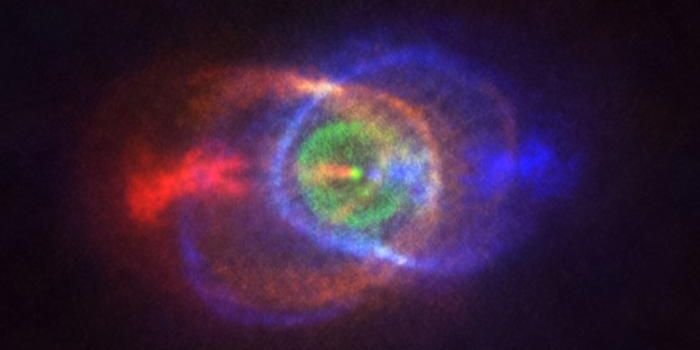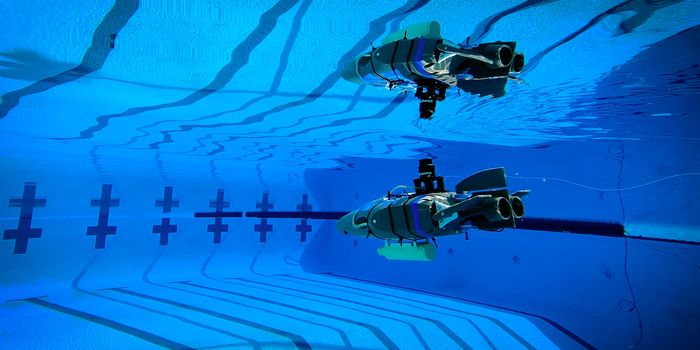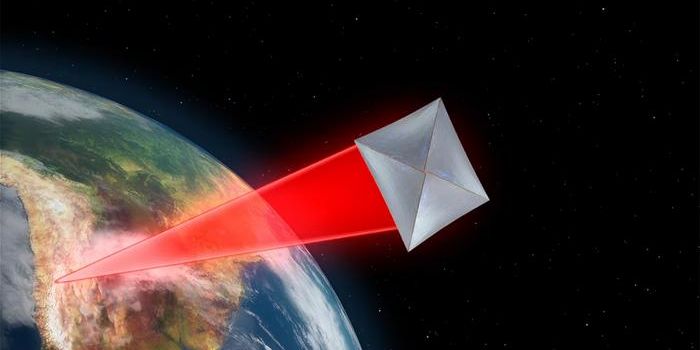Martian Core Identified Through Planetary Scan
In a recent study published in Nature Astronomy, a pair of researchers from The Australian National University (ANU) have both identified and confirmed the existence of a large core at the center of Mars after designing a new method to scan the interiors of planets within our solar system. This study holds the potential to help us better understand planetary formation and evolution.
"Our research presents an innovative method using a single instrument to scan the interior of any planet in a way that's never been done before," said Dr. Hrvoje Tkalčić, who is a professor in the Research School of Earth Sciences at ANU, and the co-author on the study.
The novel scanning method functions in the same way as an ultra-sound scan that generates images of a patient’s body. The advantage is this method requires only one seismometer to be present on the surface of a planetary body to conduct the scan, in this case they used the seismometer on NASA’s InSight lander on Mars. Better understanding Mars’ core could help scientists better understand what happened to the Red Planet’s magnetic field.
"Modelling suggests that the Martian core is liquid and while it is made up of mostly iron and nickel, it could also contain traces of lighter elements such as hydrogen and sulphur. These elements can alter the ability of the core to transport heat," said Dr. Sheng Wang, who is also from ANU, and the lead author of the study. "A magnetic field is important because it shields us from cosmic radiation, which is why life on Earth is possible."
Using InSight’s seismometer, the researchers were able to use marsquakes to examine the interior of Mars, much in the same way that earthquakes are used to study the interior of the Earth.
"Although there are many studies on planetary cores, the images we have of planetary interiors are still very blurry,” said Dr. Wang. “But with new instruments and methods like ours we'll be able to get sharper images which will help us answer questions such as how big the cores are and whether they take a solid or liquid form. Our method could even be used to analyze the Jupiter moons and the outer solar system planets that are solid."
Sources: Nature Astronomy
As always, keep doing science & keep looking up!









